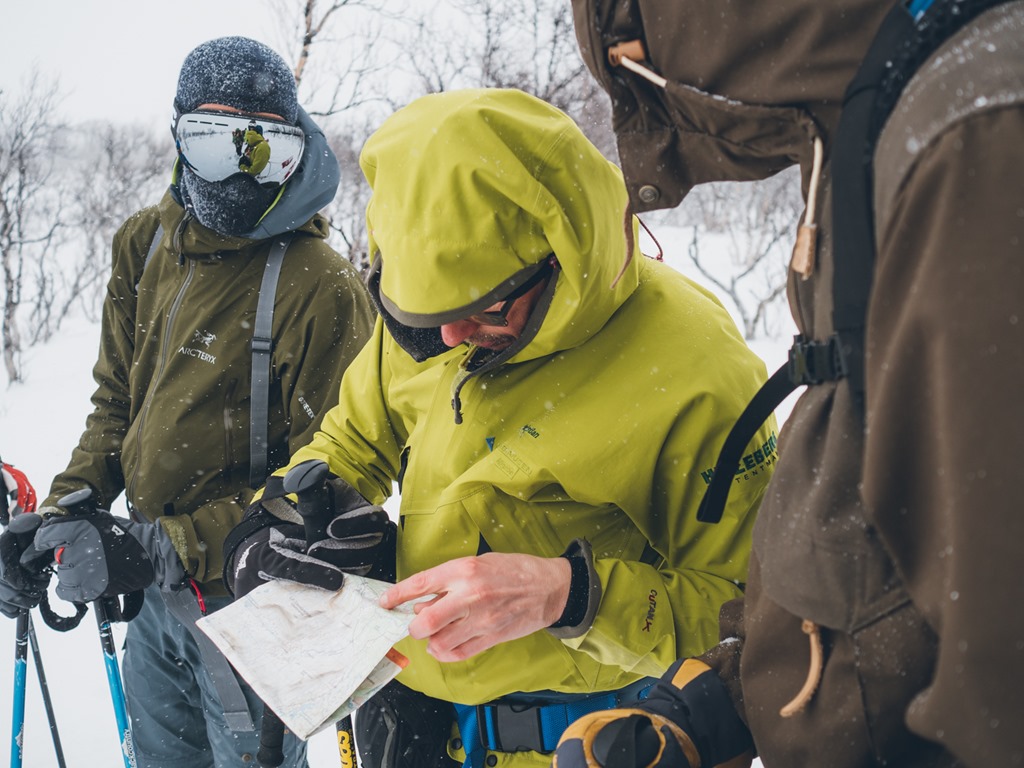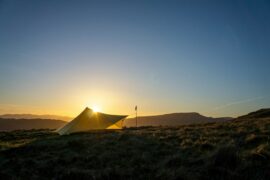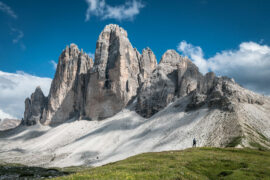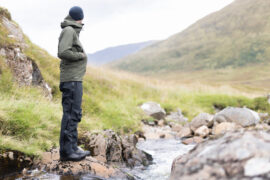HARDSHELL OR SOFTSHELL?
Check the weather, have a read, and choose what’s right for you.
Gear is a personal thing. For some it takes years to collect and perfect their outdoor gear collection, gathering many specific pieces for different situations and conditions, but also what works best for them personally. A jacket is the best solution to guarding yourself against the elements and keeping the harsh weather off you, but of the many different situations one faces in the outdoors, one of the most common questions we ask ourselves in this part of the world is: Is it raining outside, and if so, how badly?
These two questions in Britain at least are what decides the garments you wear out on the trail and should be what you’re thinking about when choosing between a hardshell jacket and a softshell jacket. But, what are they? Why does it matter? Take a look here as we explore the functions of each and help decide which is right for you.
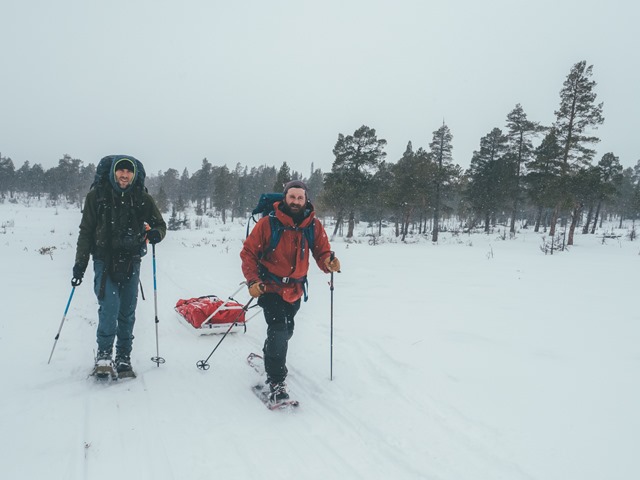
HARDSHELL
“AS A RULE, HARD SHELLS DO NOT BREATHE AS WELL AS SOFT SHELLS…..”
The simplest definition of a hardshell jacket is that it is waterproof, windproof and designed to keep you protected from rain and snow. This covers a lot of ground in terms of products and the types of fabrics used to manufacture them, ranging from silnylon and PVC raincoats to breathable fabrics like Gore-tex, Pertex Shield, and eVent. Most hardshell jackets come with an attached hood to protect your head from wetness and wind.
To keep you as dry as possible in a hardshell however is also closely linked to what you wear underneath, a decent wicking base-layer is essential for vigorous activity as it keeps your sweat away from your skin. Having too many layers under your jacket can cause you to overheat and sweat making you wet from the inside, this is counter-intuitive. As a rule, hard shells do not breathe as well as softshells.
Hardshells are arguably the most versatile jacket during winter seasons given the Great British weather where rain is far more common than snow. The fact that a hardshell is more versatile year-round makes it the product I’d recommend if cost is a factor.
SOFTSHELL
“… BUT WATER RESISTANCE CAN ONLY GO SO FAR.”
The vast majority of softshell Jackets are not waterproof but water-resistant and highly breathable. They also tend to be more easy moving with stretchy fabric and warmer, excellent for climbing and skiing. Softshells tend to keep you dry by wicking moisture from the layers beneath it, bringing it to the surface where it can evaporate. In truth, softshells behave very similarly to other thermal layers, such as a fleece but with more water and wind resistance.
There is a big variance in softshell jackets and the features they provide, the fabrics differ widely in their intended use E.g. Some are more thermal while others are meant purely as protection from the wind. In colder climates where the snow is dryer, a windproof softshell makes the most sense during aerobic activities like snowshoeing and cross-country skiing as these are activities where one tends to get hot. Water-resistance however, can only go so far and when it comes to heavy rain or even a long time in light rain, you’ll find yourself running for the closest tree to shelter under.
Both hardshells and softshells have their place and both take up a great space as part of your gear collection. If in doubt as to which one to wear though, ask yourself: Is it wet outside, and if so, how wet?

